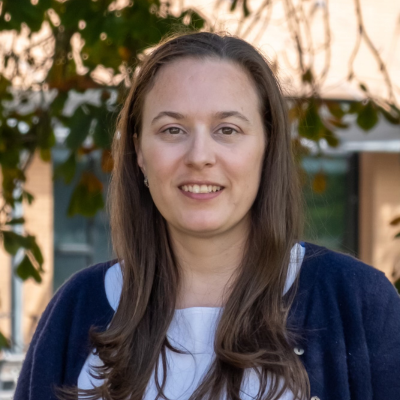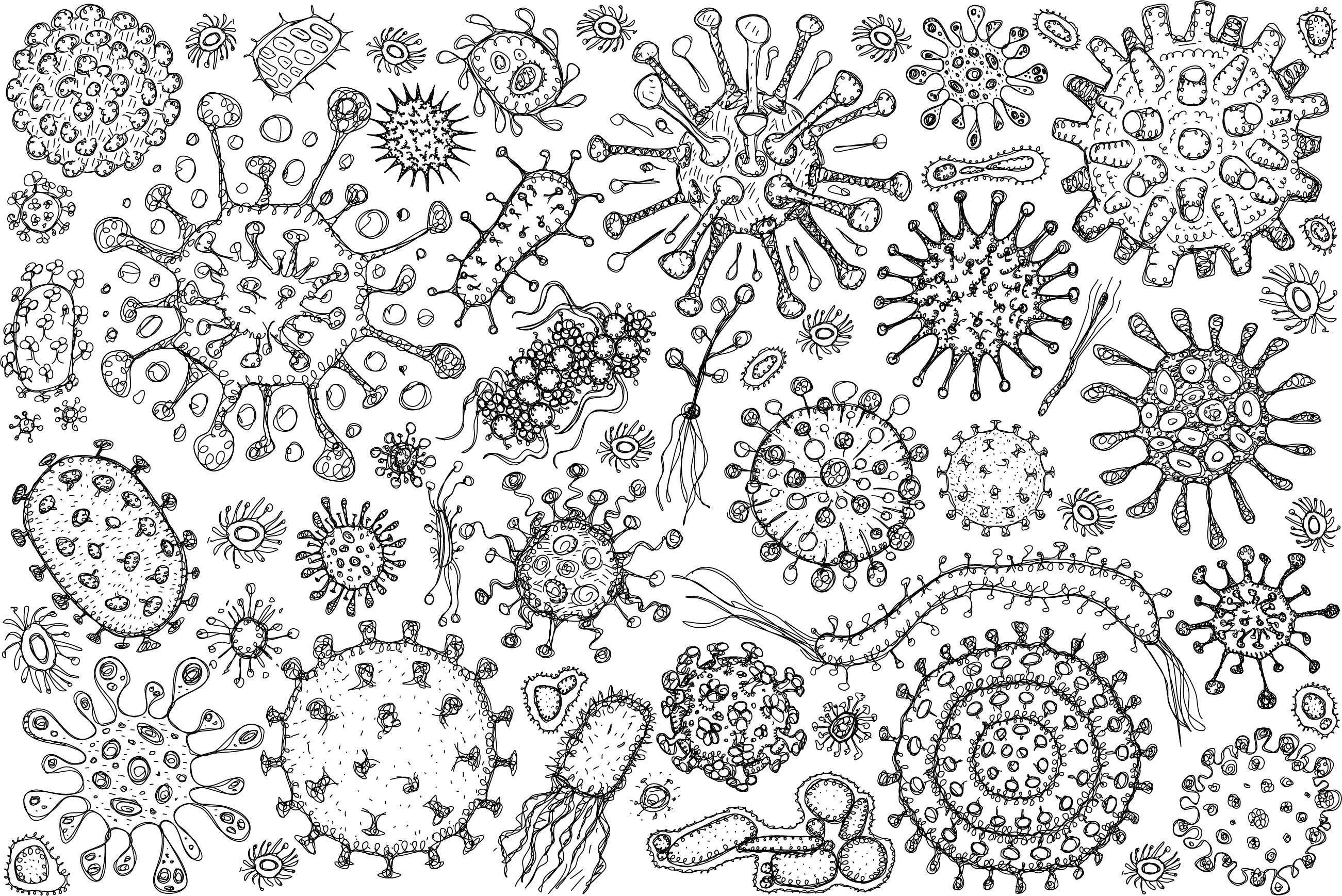
The central theme of my research program is the role of RNA at the host-virus interface, particularly in the life cycles of positive- and negative-sense RNA viruses. With my expertise in RNA biology and virology, my laboratory has established a research program focused on host-virus interactions, (mi)RNA biology, and the molecular mechanisms underlying regulation of RNA accumulation, viral pathogenesis and innate immune responses. The RNA viruses we study must use a single piece of genomic RNA to coordinate viral translation, replication and packaging. However, how viruses coordinate and regulate these activities remains a mystery. In my laboratory, we use state-of-the-art, high-throughput approaches to study RNA-RNA and protein-RNA interactions important to the life cycles of these viruses. We aim to understand: Which regions of the genome mediate these events? How are these events regulated? What host/viral factors are involved? How can we interrogate these protein-RNA and RNA-RNA interactions on a genome-wide scale? How can we interfere with these processes? What can this teach us about cellular RNA regulation? This research will further our understanding of viral RNA accumulation, regulation, and protein-RNA interactions, and may be applicable to cellular RNAs or those of other important human pathogens.
My training is in molecular biology, chemical biology, virology, innate immune responses, and RNA biology. During my graduate research, I focused on the development of protein- and RNA-based tools to study siRNAs and interrogate target site accessibility in large, highly-structured RNAs (such as the genomes of positive-sense RNA viruses). For my postdoctoral work, I gained expertise and experience in Hepatitis C virus and (mi)RNA biology as well as genome-wide approaches to study protein-RNA interactions and RNA secondary structures. In my own research group, we have expanded into negative-strand RNA viruses as well as innate immunity. As such, I am uniquely suited to address questions regarding protein-RNA and RNA-RNA interactions important to the life cycles of RNA viruses. Furthermore, the biochemical, molecular biology, and high- throughput tools developed will provide novel methods to better understand the mechanisms of viral RNA accumulation and miRNA-mediated gene regulation, which will have an impact on a variety of vocations including cancer, immunology, virology, drug design and development.

